Displaced, Vulnerable People : The Quest For Decent Housing, Socio-economic Reintegration
- Par Kimeng Hilton
- 31 Jan 2024 14:15
- 0 Likes
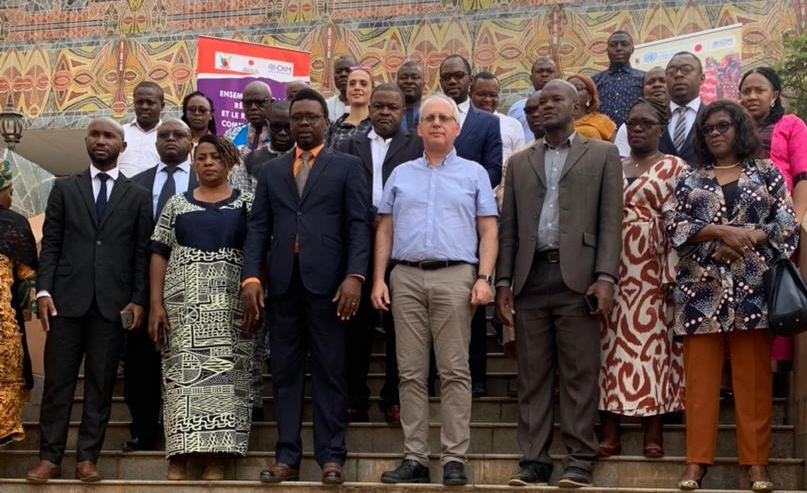
Stakeholders met in Yaounde on January 30, 2024 in a workshop organised by the Ministry of Housing and Urban Development and the International Organisation on Migration, IOM.
The Ministry of Housing and Urban Development, MINHDU and the International Organisation on Migration, IOM on Tuesday, January 30, 2024 in Yaounde organised a workshop. On a “System-based Approach for a Living Settlement Planning Process Towards the Reintegration of Displaced and Other Vulnerable Communities in Cameroon." The process is supported by the Japanese government.
Government’s Gratitude
“The workshop represents for us an important step that confirms government’s engagement and the personal commitment of President Paul Biya to decent housing conditions for all those affected by the various crises in Cameroon. The government and the Minister of Housing and Urban Development, Celestine Ketcha Courtes are grateful to the International Organisation for Migration, IOM for accepting to assist Cameroon in searching for solutions to all migrants and all other people affected by security crises in Cameroon. This is the reason and context of organising the workshop on System-based Approach for a Living Settlement Planning Process Towards the Reintegration of Displaced and Other Vulnerable Communities in Cameroon,” explained Emile-Moise Endene Kotto, the Director of Architecture and Housing Standards in the Ministry of Housing and Urban Development. “The movement of people affected by crises in the country takes place for the most part in the Far North, North West and South West Regions; and some other parts of the country. Like the East Region,” Mr Endene noted.
Huge, Undetermined Numbers
“The victims of these crises are found in the neighbouring West, Littoral and Centre Regions. In terms of the number of people affected, we cannot determine that for now. So many people have been affected by the crises that we are now faced with the challenge of providing them with decent housing conditions. Normally, the State should take care of the housing and socio-economic integration of these people. We need to carefully define the mechanisms to put in place and the framework to accommodate all the migrants and vulnerable host communities,” Mr Kotto emphasised.
Housing, Socio-economic Integration
“The aim of the workshop was to look for solutions (the system-based approach) for the development of housing and the socio-economic integration of all migrants. The priority for now is to assure the socio-economic integration of all migrants and decent shelter,” he pointed out.
IDPs, Returning Migrants, Host Communities
According to Dr Rene John Dierlex, the Dutch architect, planner, engineer and international expert hired for the process, the workshop was to reflect on the approach to adopt in tackling the problem of Internally-displaced People, returning migrants and vulnerable host community people. “It could be a public-private partnership. We talked about policies on refugees, returning migrants … The problems are complex because there are numerous conflicts in various communities. And some of them are protracted. Displaced people and refugees who have come from across the borders have been in this situation for several years. Some up to seven years, and even longer,” Dr Dierlex said.
Of Project Beneficiaries
“It is important for Cameroon to resolve all this in order to move ahead as a country. It is hard to develop and prosper more economically when a section of society is unhappy and is living in difficult conditions,” he cautioned. About the number of Internally-displaced People, returning migrants and host community to be involved in the project, Dr Rene John said it was in hundreds of thousands.
People Bringing In New Ideas, Aspirations
“The numbers are quite high, and are increasing instead of decreasing. This is alarming. Something needs to be done. As for refugees, one way of going about it is to see them as a challenge or problem, and as people bringing in new ideas and aspirations. We should even embrace refugees and give them space in society. This should be the same for Internally-displaced People and host community people,” Dr Rene John counselled.
Transparency, Equity Required
“Anyone living in a slum faces a difficult life. There should be transparency and equity in offering them assistance. This is why all the people are grouped under “vulnerable” communities because they need to be assisted with durable solutions. We are working on a concept note. We’ll carry out research on the exact number of people who need decent housing. This will be discussed with international donors, development banks, and bilateral and multi-lateral funders. Their inputs and comments will enable us to start working on a funding proposal,” Dr Dierlex disclosed.
Encompassing Living Settlements
“It is not just about constructing houses. There will be living settlements comprising education and health facilities, access to water, waste collection, energy … It will take some time for the project proper to take off because we are still in the initial stages. The process can take half a year, a year, etc, depending on how fast donors respond to our concept note. We will work with the academia, government, private sector, and Non-governmental Organisations to prepare the concept note to be used in sourcing for funds,” Dr Dierlex announced.
Deplorable IDP Conditions
“For now, the living conditions of Internally-displaced People in Cameroon are not good. Both adults and children are victims of various crises. They need housing, education, health…,” he recalled.
They Lack Almost Everything
“In a community in the Far North Region, the displaced and host community people lack almost everything. The community has four hand pumps, but three are out of order as a result of theft. The community virtually has no access to water. I went to the local primary school and the school children had not had water for many months. This is a public health issue, but there are also issues of education, healthcare and cooking fuels. Families collect wood or charcoal for cooking from far away. There are alternatives to this in the country like solar and bio cookers. There are also solar lights, solar showers, solar gas at household and community levels. All these make an integrated package in addition to the housing package,” the consultant said.
Common Vision Amongst Stakeholders
“My role is not to advise on what to do. Cameroonian stakeholders have the answers to the problems because they understand the situation better than me. But if requested, I can give some advice in the area of government-society approach to the problem. All the line ministries in human and environmental welfare should work together and reach out to the private sector and the academia. They have the expertise and technical knowledge, and are more efficient. Linking this up with all the UN partners and local and international Non-governmental Organisations is the best bet. If all stakeholders share a common vision, it will work,” Dr Rene John Dierlex concluded - emphatically.
Complex, Protracted Humanitarian Crises
Cameroon faces three complex, protracted, conflict-related humanitarian crises across several areas of the country. In the Far North Region, particularly in the Lake Chad Basin area, incursions by Non-State Armed Groups have resulted in over 135,000 Nigerians seeking refuge in Cameroon, 385,000 Cameroonian Internally-displaced Persons, IDPs, and 138,000 returnee insurgents in need of humanitarian assistance.
Human-induced, Natural Disasters
The eastern regions are still home to over 325,000 refugees from the Central African Republic, CAR. The North West and South West Regions are witnessing ongoing violence and regular lockdowns that have led to the displacement of about 715,000 Cameroonians.In addition, Cameroon is also grappling with climate change, causing recurrent extreme weather situations that impact the natural, human, and built environment. Such as the recent floods and landslides in Yaounde that caused loss of life, destruction of houses and infrastructure, as well as displacement of families.
Transition To More Durable Solutions
During the initial, life-saving, humanitarian phase, the Government of Cameroon, and the international community provided humanitarian assistance, among which shelter and Non-food Items, NFIs to the vulnerable communities. The country is gradually transitioning from humanitarian assistance (and with time the ending of humanitarian cluster system and humanitarian response plan) towards more durable solutions-driven assistance. While setting out the entry points towards more longer-term development solutions and seeking pathways thereto through the hum-dev-peace Nexus approach.
Provision Of Community Housing
In parallel, due to the transition towards durable solutions-driven assistance, planning and development of shelter (which is strongly linked to humanitarian assistance), will gradually shift towards provision of housing, not individual household level, but viewing
the settlement vis-a-vis communities that were affected by the three crises. Apart from conflict-induced displacement, to prevent further climate-induced displacements, IOM and its local partners are in the process of developing various integrated interventions.
Living Settlement, Housing Planning
Given this context, IOM Cameroon wishes to strengthen the strategy and technical quality of its current and future living settlement-and housing planning ...
Cet article complet est réservé aux abonnés
Déjà abonné ? Identifiez-vous >
Accédez en illimité à Cameroon Tribune Digital à partir de 26250 FCFA
Je M'abonne1 minute suffit pour vous abonner à Cameroon Tribune Digital !
- Votre numéro spécial cameroon-tribune en version numérique
- Des encarts
- Des appels d'offres exclusives
- D'avant-première (accès 24h avant la publication)
- Des éditions consultables sur tous supports (smartphone, tablettes, PC)






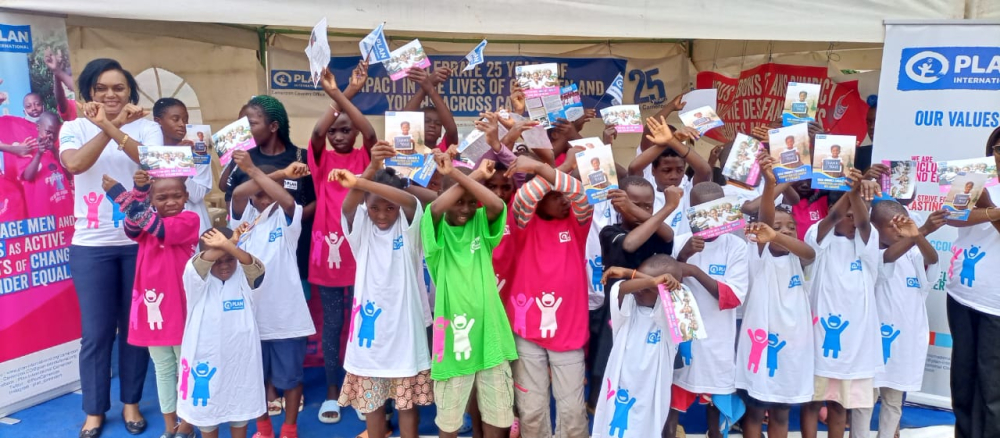
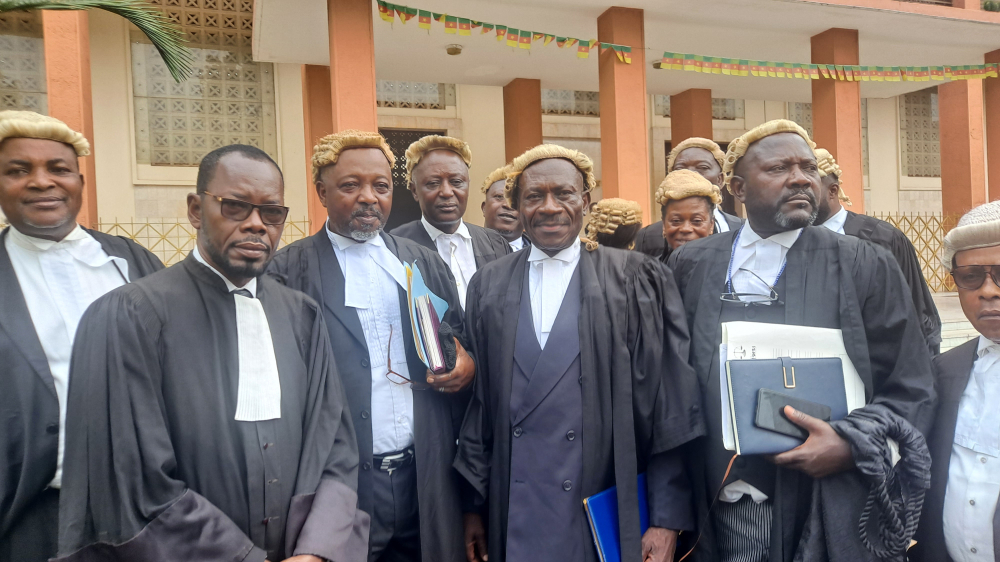
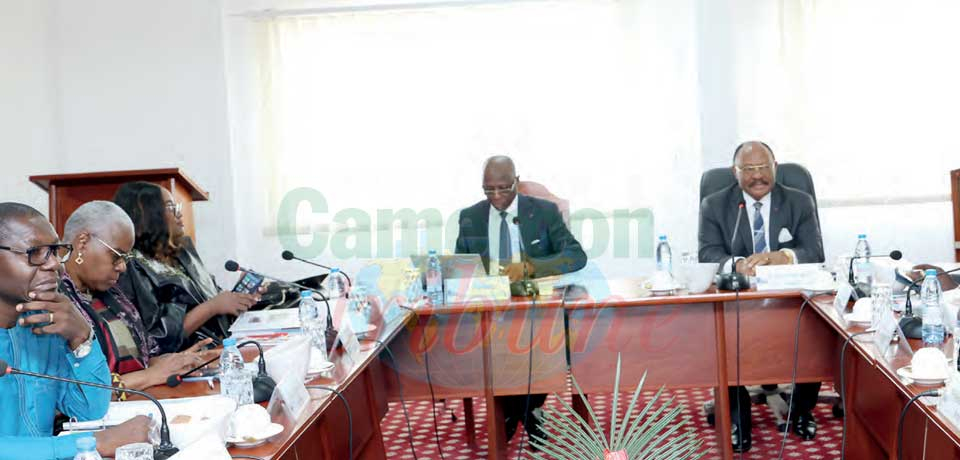
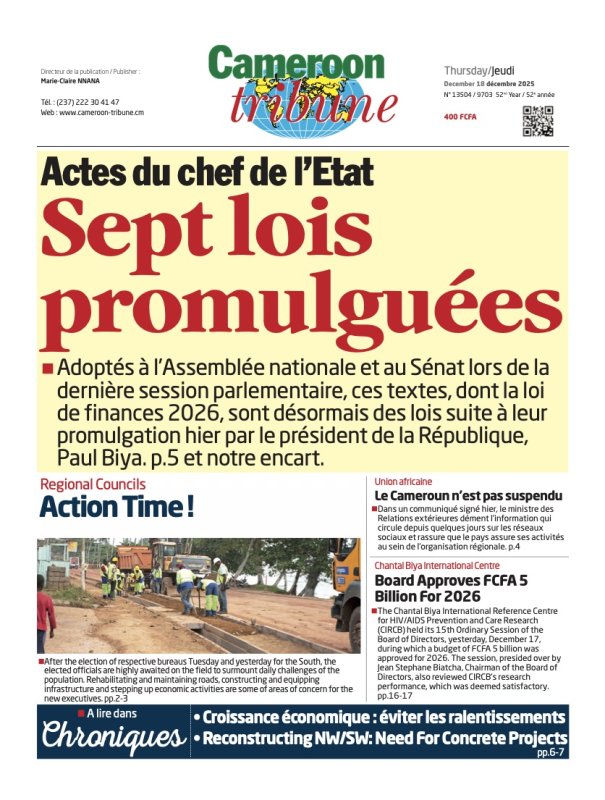




Commentaires